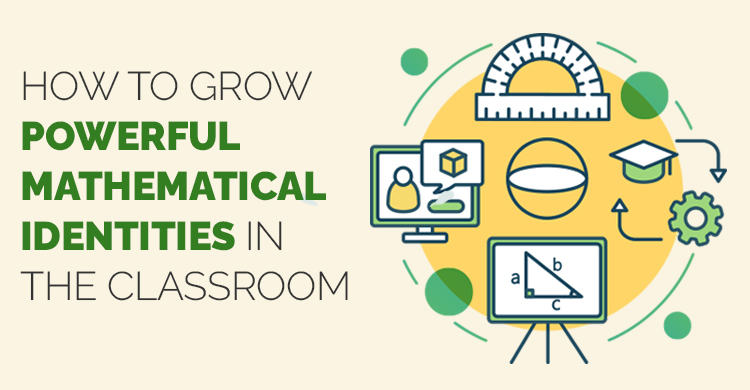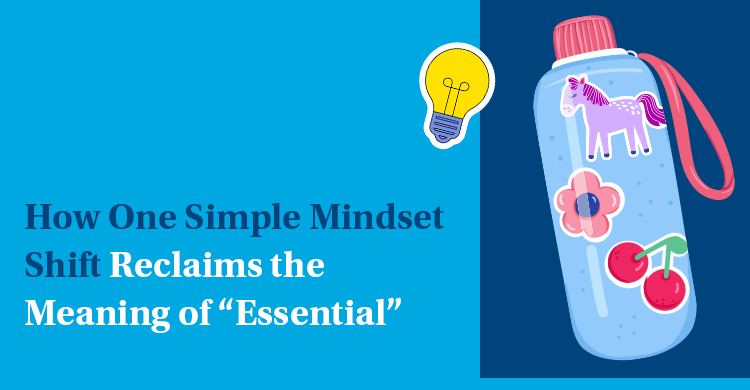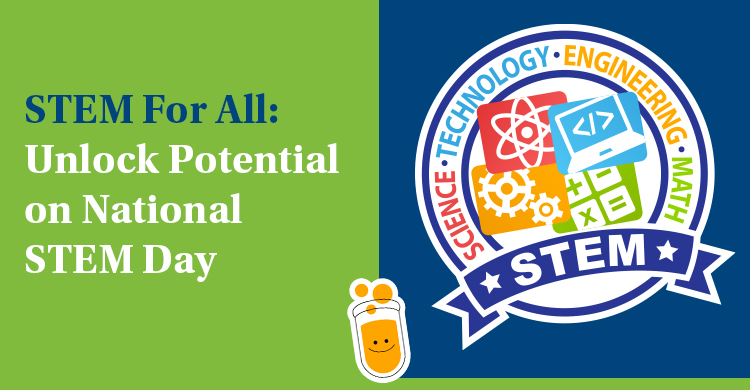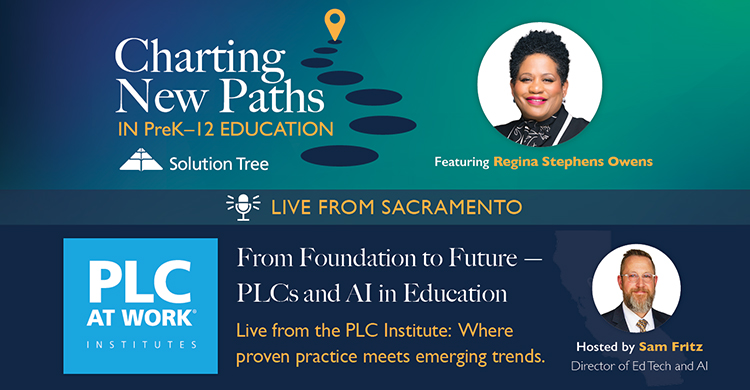Fostering a learning community within the classroom is foundational to students becoming confident and successful mathematicians. As mathematics teachers, we want our students to have positive math identities and develop agency and ownership over their own learning. However, not all students enter our classes with the skills needed to engage in rich and meaningful mathematics discussions that support building strong learning identities.
When students believe they can do math (their mathematical identity), they are more likely to interact with their peers, try new strategies, persevere, and become problem solvers (exercise their agency). You must build classroom cultures that support your students’ mathematical confidence and exploration.
But how do you build a culture where rich and meaningful discussions, which promote and grow students’ mathematical identities, happen daily? And how do you transition from a class of individual students to a community of learners that support each other in the learning process?
6 key characteristics of the very best mathematics lessons
Think about the best lesson you ever taught. What did it look like? How did it sound? What makes the best math lessons different from others you’ve taught or seen?
Key characteristics of the best mathematics lessons:
Students:
- Feel safe to take risks, make mistakes, and be heard.
- See mistakes as an opportunity to learn.
- Are asking each other questions.
- Discuss what they are learning and how excited they are to learn more.
- Have mutual respect among their peers and between themselves and the teachers.
- Share a sense of purpose during the mathematical tasks, and the students take personal responsibility for their learning.
The key characteristics of best mathematics lessons describe a vision for teaching and learning mathematics. Notice how the vision described includes students learning through meaningful student-to-student discourse—a prerequisite for fostering student agency. As students listen to their peers explain their strategy or solution pathway, they have the opportunity for their own thinking to be affirmed or questioned. This deepens their understanding of the material.
Why supporting student discourse is so important to teaching math
To foster effective student-to-student discourse, start with the physical setup of the classroom and establish clear expectations for how students will interact and learn together during whole-group and small-group discourse. When students walk into your classroom, what do they see you value as part of the learning process?
For example, if they walk into a classroom filled with tables, they might see that you value learning that is developed through social interactions. Or if they enter a classroom where they see manipulatives or graphing calculators on the tables, they might assume you value learning that is supported with tools and concrete representations. Consider your current classroom setup and consider what is communicated to the students.
Next, to cultivate effective student-to-student discourse, clarify expectations for students as they work and learn with their peers. Most classrooms have some form of classroom norms that describe how students work as a class. Ensure your classroom norms include specific student expectations—like explaining how students can support each other, embrace learning from errors, and develop a true sense of belonging.

Gain new strategies and on-site training at our mathematics events
Once you and your team agree on how to organize the physical space of the classroom to communicate what you value and how to ensure expectations are clarified, modeled, and reinforced during each lesson, consider how to implement intentional instructional routines that promote student-to-student discourse. This is where Solution Tree can help!
For example, in just a couple of days, the Mathematics in a PLC at Work® Summit will take place in Baltimore, Maryland, with teachers from around the world. Participants will attend sessions that focus on instructional strategies and routines for making student thinking visible, promoting critical thinking, and generating opportunities for students to defend their thinking.
Other sessions address common assessments used for teacher and student learning, unit planning, mathematics interventions, and data analysis. Sessions are preK–12, and many are designated into grade bands such as grades preK–2, 3–5, 6–12, and high school.
At professional development events like this, you and your team come away with new routines and strategies that can be implemented immediately to meet your vision for teaching and learning.
We hope to see you at the mathematics summit in Baltimore in a couple of days—or at one of our upcoming 2025 mathematics learning opportunities!
- Mathematics at Work™: Best Practices for Teams Workshop (Bakersfield, California | March 5–6, 2025)
- Mathematics at Work™: Best Practices for Teams Workshop (Madison, Wisconsin | October 29–30, 2025)
- Mathematics in a PLC at Work® 2025 Summit (Pasadena, California | December 8–10, 2025)
About the educator
Mona Toncheff, a renowned presenter and author, has over 30 years of experience in public education. Mona works with educators and leaders nationwide to build collaborative teams and ensure all students receive high-quality mathematics instruction.






